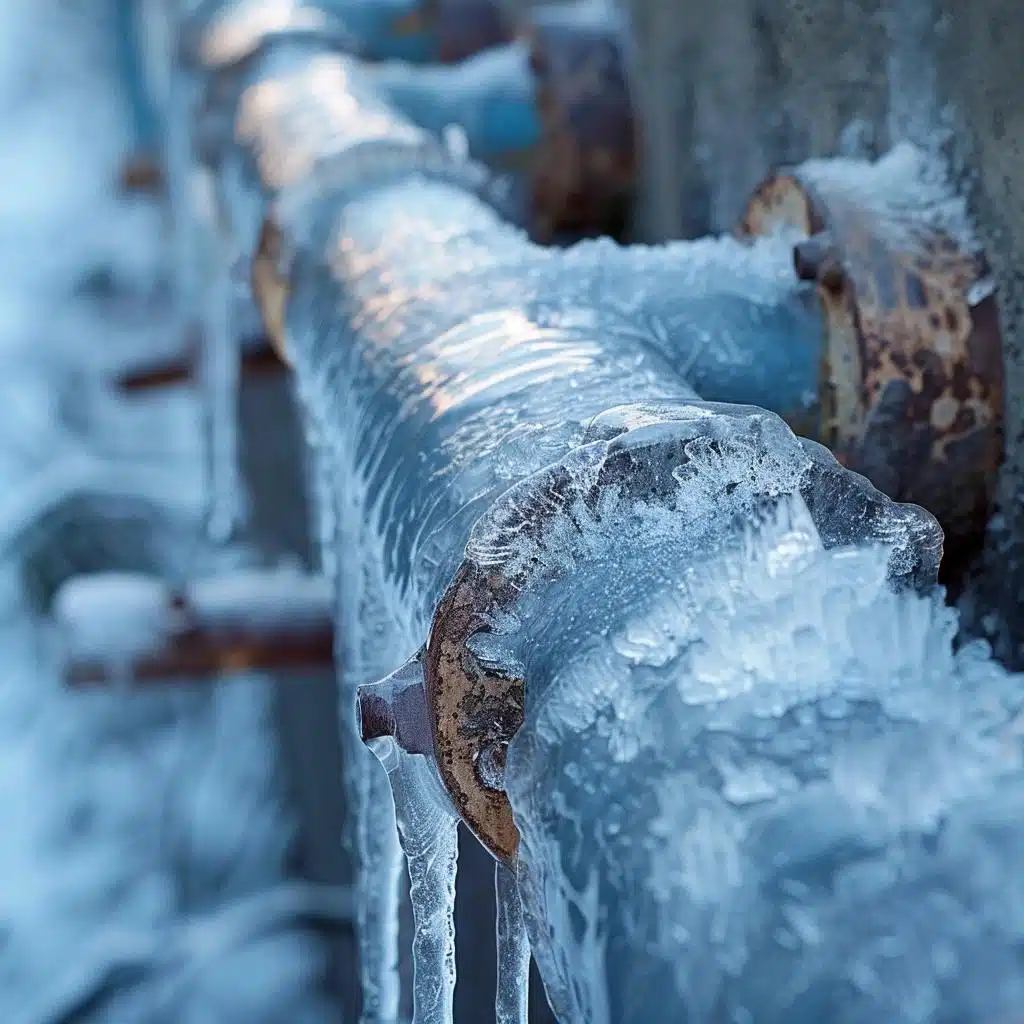Protecting Pipes from Cold Weather Damage: Essential Tips
Protecting Pipes from Cold Weather Damage: Essential Tips
Blog Article
What're your concepts about How to Prevent Your Pipes From Freezing?

Cold weather can damage your pipes, particularly by freezing pipes. Right here's just how to stop it from happening and what to do if it does.
Introduction
As temperatures drop, the risk of frozen pipes increases, potentially bring about costly repair services and water damages. Recognizing exactly how to prevent frozen pipelines is crucial for homeowners in cool environments.
Understanding Icy Pipes
What causes pipes to freeze?
Pipelines freeze when revealed to temperature levels below 32 ° F (0 ° C) for expanded periods. As water inside the pipelines freezes, it expands, taxing the pipeline walls and potentially triggering them to break.
Threats and problems
Frozen pipelines can bring about water disturbances, building damage, and expensive repair services. Burst pipelines can flood homes and cause extensive architectural damage.
Indications of Frozen Water Lines
Recognizing icy pipelines early can stop them from breaking.
Just how to recognize icy pipes
Search for reduced water flow from faucets, uncommon smells or noises from pipes, and visible frost on revealed pipelines.
Prevention Tips
Insulating vulnerable pipes
Wrap pipelines in insulation sleeves or utilize warmth tape to secure them from freezing temperature levels. Concentrate on pipes in unheated or external areas of the home.
Home heating techniques
Maintain interior areas sufficiently heated, particularly locations with plumbing. Open up closet doors to allow cozy air to flow around pipes under sinks.
Securing Exterior Plumbing
Garden pipes and exterior faucets
Disconnect and drain yard tubes before winter. Mount frost-proof spigots or cover outside taps with insulated caps.
What to Do If Your Pipes Freeze
Immediate actions to take
If you presume icy pipes, maintain faucets open up to ease pressure as the ice melts. Utilize a hairdryer or towels taken in warm water to thaw pipelines gradually.
Long-Term Solutions
Architectural modifications
Think about rerouting pipes away from exterior walls or unheated areas. Add extra insulation to attic rooms, cellars, and crawl spaces.
Upgrading insulation
Buy high-grade insulation for pipes, attics, and wall surfaces. Proper insulation aids preserve consistent temperature levels and reduces the threat of frozen pipelines.
Conclusion
Protecting against frozen pipelines requires positive actions and quick actions. By understanding the causes, indicators, and preventive measures, house owners can shield their plumbing during cold weather.
5 Ways to Prevent Frozen Pipes
Drain Outdoor Faucets and Disconnect Hoses
First, close the shut-off valve that controls the flow of water in the pipe to your outdoor faucet. Then, head outside to disconnect and drain your hose and open the outdoor faucet to allow the water to completely drain out of the line. Turn off the faucet when done. Finally, head back to the shut-off valve and drain the remaining water inside the pipe into a bucket or container. Additionally, if you have a home irrigation system, you should consider hiring an expert to clear the system of water each year.
Insulate Pipes
One of the best and most cost-effective methods for preventing frozen water pipes is to wrap your pipes with insulation. This is especially important for areas in your home that aren’t exposed to heat, such as an attic. We suggest using foam sleeves, which can typically be found at your local hardware store.
Keep Heat Running at 65
Your pipes are located inside your walls, and the temperature there is much colder than the rest of the house. To prevent your pipes from freezing, The Insurance Information Institute suggests that you keep your home heated to at least 65 degrees, even when traveling. You may want to invest in smart devices that can keep an eye on the temperature in your home while you’re away.
Leave Water Dripping
Moving water — even a small trickle — can prevent ice from forming inside your pipes. When freezing temps are imminent, start a drip of water from all faucets that serve exposed pipes. Leaving a few faucets running will also help relieve pressure inside the pipes and help prevent a rupture if the water inside freezes.
Open Cupboard Doors
Warm your kitchen and bathroom pipes by opening cupboards and vanities. You should also leave your interior doors ajar to help warm air circulate evenly throughout your home.

I came across that page on Preventing and dealing with frozen pipes when doing a search on the search engines. Are you aware of another individual who is curious about the subject? Do not hesitate to promote it. I appreciate reading our article about Prevent Frozen Pipes .
Book Inspection Report this page